- Tuesday, 19 November 2024
Jajarkot locals are still in panic following earthquake
By Lalit Basel,Jajarkot (Khalanga), Nov. 10: At 11.47 pm on November 3, a 6.4-magnitude earthquake toppled 63-year-old Dilsara Badi’s home in Bheri Municipality–1, Jajarkot. It has been a week since then but Badi still feels as if her body is shaking. She fears that another big quake may strike at any time.
Ram Prasad Sharma of Thaple, Bheri–3, had already not been able to rest since Friday when an aftershock, measuring 5.8 in the Richter scale, shook his district at 4.31 pm on Monday. This has rendered him unable to think about anything else. He is always scared.
This is the plight of many across Jajarkot. They are neither able to sleep at night nor work in the day. The faces of those who perished last week flash before their eyes. They have lost homes; they have lost family members. Everyone was preparing to welcome Tihar, the festival of lights, but the earthquake, with its epicentre at Ramidanda in Jajarkot, came first.
The tremor killed 101 individuals in the district and 52 in neighbouring Rukum West. Those who survived are living in agony. They have little protection from the elements, with children, pregnant women and senior citizens particularly vulnerable.
Rajendra Bikram Shah, a civil society leader in Jajarkot, told The Rising Nepal that entire Jajarkot was afraid. “The cracked houses scare people more,” he said, asking authorities to manage temporary shelters soon. As winter sets in, tarpaulins and tents may not be enough, he said.
This environment of mass fear has made relief distribution difficult, said Harishchandra Sharma, administrative officer and information officer at the District Administration Office.
Too scared to go inside buildings, people are choosing to stay outdoors, pushing up demand for relief materials like tents, stated Jajarkot’s District Disaster Management Centre. Also, as the extent of damage becomes clear and the need for aid rises, the stakeholders are having a hard time reaching everyone in need.
In this context, Karnali Province’s Minister for Internal Affairs and Law Krishna Bahadur GC said that it would take a long time for the situation in Jajarkot to return to normal.
He informed that rescue and relief works were currently going on and said that the provincial government would soon begin setting up temporary shelters.
In addition to killing hundreds, the earthquake injured 372 in Jajarkot and Rukum West. It also damaged 8,336 houses in Jajarkot, 1,170 of which have been damaged beyond repair. In Rukum West, it damaged 7,028 houses. Of them, 4,236 have been fully damaged.
The earthquake also damaged structures in Dailekh, Kalikot and Surkhet districts.



copy-original-thumb.jpg)
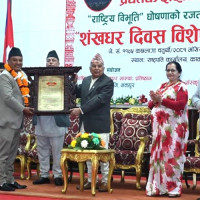
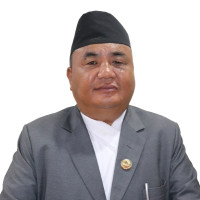
-original-thumb.jpg)
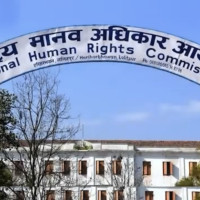
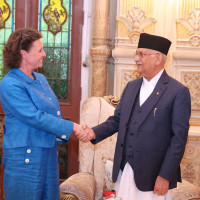
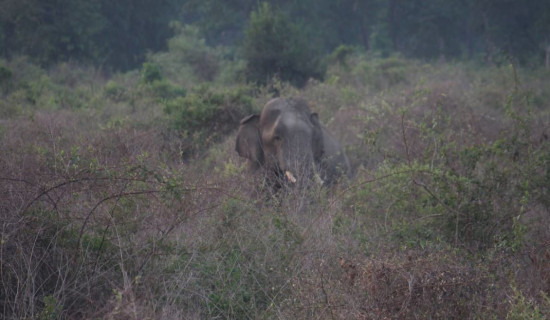



-original-thumb.jpg)


